Racing games are a video game genre in which the player participates in a racing competition. They may be based on anything from real-world racing leagues to fantastical settings. They are distributed along a spectrum between more realistic racing simulations and more fantastical arcade-style racing games. Kart racing games emerged in the 1990s as a popular sub-genre of the latter. Racing games may also fall under the category of sports video games.
Geoff Crammond is a computer game designer and programmer who specialises in motor racing games. A former defence industry systems engineer, he claims to have had little interest in motor racing before programming his first racing game (Revs) back in 1984, but he holds a physics degree, which may explain the realism of some of his programming. As a consequence of that project he became a big fan of Formula One motor racing. At the end of the 80s, this interest, plus the ever improving capabilities of home computers, inspired him to specialise in programming Formula One racing simulations.

Gremlin Graphics Software Limited, later Gremlin Interactive Limited and ultimately Infogrames Studios Limited was a British software house based in Sheffield, working mostly in the home computer market. Like many software houses established in the 1980s, their primary market was the 8-bit range of computers such as the ZX Spectrum, Amstrad CPC, MSX, Commodore 16 and Commodore 64. The company was acquired by French video game publisher Infogrames in 1999 and was renamed Infogrames Studios in 2000. Infogrames Studios closed down in 2003.
Ocean Software Ltd was a British software development company that became one of the biggest European video game developers and publishers of the 1980s and 1990s.
The Lotus series consists of three racing computer games based around the Lotus brand: Lotus Esprit Turbo Challenge, Lotus Turbo Challenge 2, and Lotus III: The Ultimate Challenge. Published between 1990 and 1992 by Gremlin Graphics, the games gained very favourable reviews upon release. Original Amiga versions of the games were created by Shaun Southern and Andrew Morris of Magnetic Fields, and then ported by other individuals to several other computers and game consoles.

Mastertronic was originally a publisher and distributor of low-cost computer game software founded in 1983. Their first games were launched on April 2, 1984. At its peak the label was one of the largest software publishers in the UK, achieved by selling cassette-based software at £1.99. As well as supplying leading retailers such as Woolworth's and Toys "R" Us, Mastertronic sold software in outlets such as newsagents which had not been previously associated with the software market.
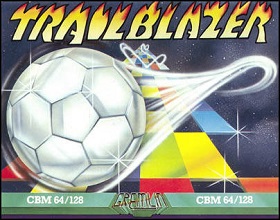
Trailblazer is a racing video game developed by Mr. Chip Software and published by Gremlin Graphics for the ZX Spectrum, Commodore 64, Atari 8-bit computers, Amstrad CPC, Commodore 16 and Plus/4 in 1986. It was ported to the Amiga and Atari ST.

Kikstart 2 is a motorcycle trials racing videogame released for the Amiga, Amstrad CPC, Commodore 64 and ZX Spectrum. It enjoyed more success than its predecessor, Kikstart. The game allowed 2-player simultaneous or 1-player, vs-computer play.
The Amiga is a family of home computers that were designed and sold by the Amiga Corporation from 1985 to 1994.

Starglider is a 3D video game published in 1986 by Rainbird. It was developed by Jez San under his company name Argonaut Software. The game is a fast-moving, first-person combat flight simulator, rendered with colourful wireframe vector graphics inspired by San's love of the 1983 Atari coin-op Star Wars.
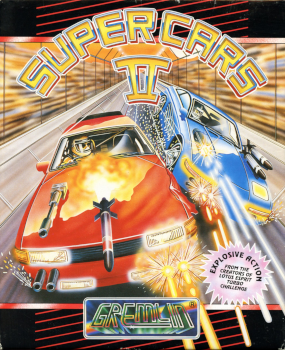
Super Cars II is a 1991 top-view racing game developed by Magnetic Fields, and published by Gremlin Graphics Software Ltd. The game was available for the Amiga and then the Atari ST. It is the sequel to the 1990 game Super Cars. The game was released for DOS as Super Cars International in 1996.
Ever since Pole Position in 1982, Formula One (F1) has always played a part of the racing genre in video games. Early Formula One games were typically arcade racing games, before Formula One Grand Prix (1991) popularized Formula One racing simulations on home computers.
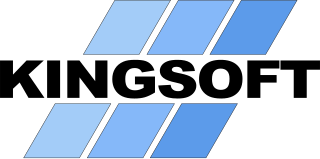
Kingsoft GmbH was a German video game company based in Aachen. The company was founded in 1982 by Fritz Schäfer out of his parents' house in Mulartshütte (Roetgen) to sell his chess simulation game Boss, which he developed the year before. Kingsoft expanded into third-party publishing in 1983, starting with Galaxy by Henrik Wening. Most of their games were released for computers developed by Commodore International, predominantly the Commodore 64, Commodore 16 and later Amiga, and were usually based on other company's titles for different platforms. Kingsoft moved to Aachen in 1987 and established a distribution service before ceasing publishing in favour of distribution in 1993. The company was acquired in March 1995 by Electronic Arts, who retired the Kingsoft name later that year.

Test Drive is a racing video game developed by Distinctive Software and published by Accolade, released in 1987 for the Amiga, Atari ST, Commodore 64, and DOS, in 1988 for the Apple II, and later ported for the PC-98 in 1989. It is the first game in the Test Drive series.
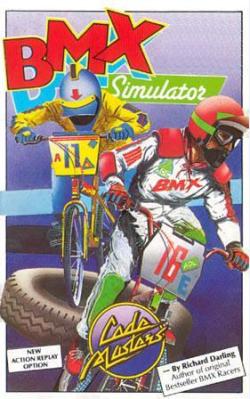
BMX Simulator is a racing video game designed by Richard Darling and released by Codemasters in 1986 for the Commodore 64. It is part of a series of games that includes ATV Simulator, Grand Prix Simulator, Professional Ski Simulator, and a sequel: Professional BMX Simulator. BMX Simulator was ported to the Amiga, Atari 8-bit computers, Atari ST, Amstrad CPC, MSX, ZX Spectrum, Commodore Plus/4 and Commodore 16.
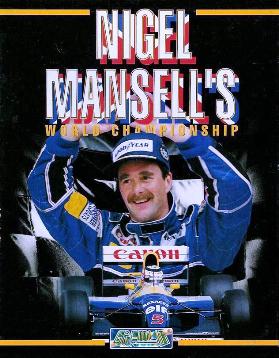
Nigel Mansell's World Championship Racing is an arcade-style Formula One racing video game developed by Gremlin Graphics and released for various systems. The game was largely successful on Amiga and DOS platforms, and was consequently ported to home consoles.
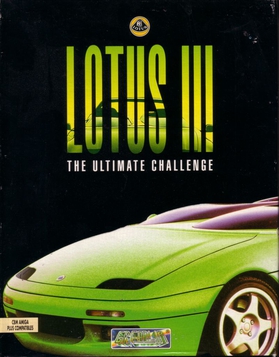
Lotus III: The Ultimate Challenge is the third and final game in the Lotus racing series.
Quattro is a series of video game compilations released in the 1990s. They consisted of games developed by Codemasters. The NES versions were released as multicarts and were published by Camerica without a license by Nintendo.

Casual Arts, formerly known as Flair Software, is a British video game developer and publisher of the 1990s that developed and published games for the Amiga, Amiga CD32, Atari ST, Commodore 64, DOS, PlayStation, Sega Saturn and SNES. It was set up by Colin Courtney in 1990 after his previous company, Tynesoft, went bankrupt. It retained Tynesoft's MicroValue brand and published Elvira: The Arcade Game which had originally been scheduled for publication by Tynesoft.
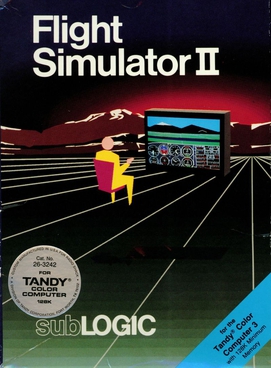
Flight Simulator II is a video game developed by Bruce Artwick and published by Sublogic as the sequel to FS1 Flight Simulator. It was released in December 1983 for the Apple II, in 1984 for Atari 8-bit computers and Commodore 64, in 1986 for the Amiga and Atari ST, the Atari XEGS as a pack-in title in 1987, and in August 1988 for the Color Computer 3.













